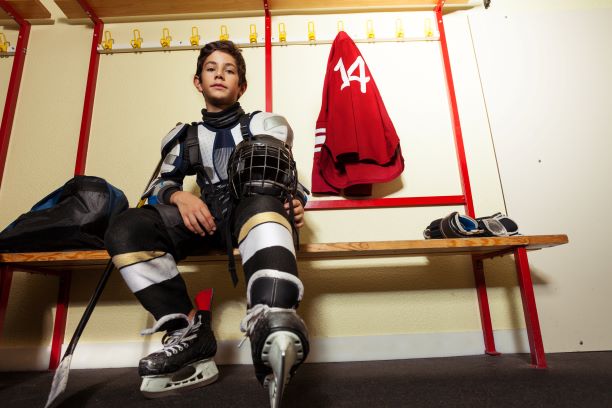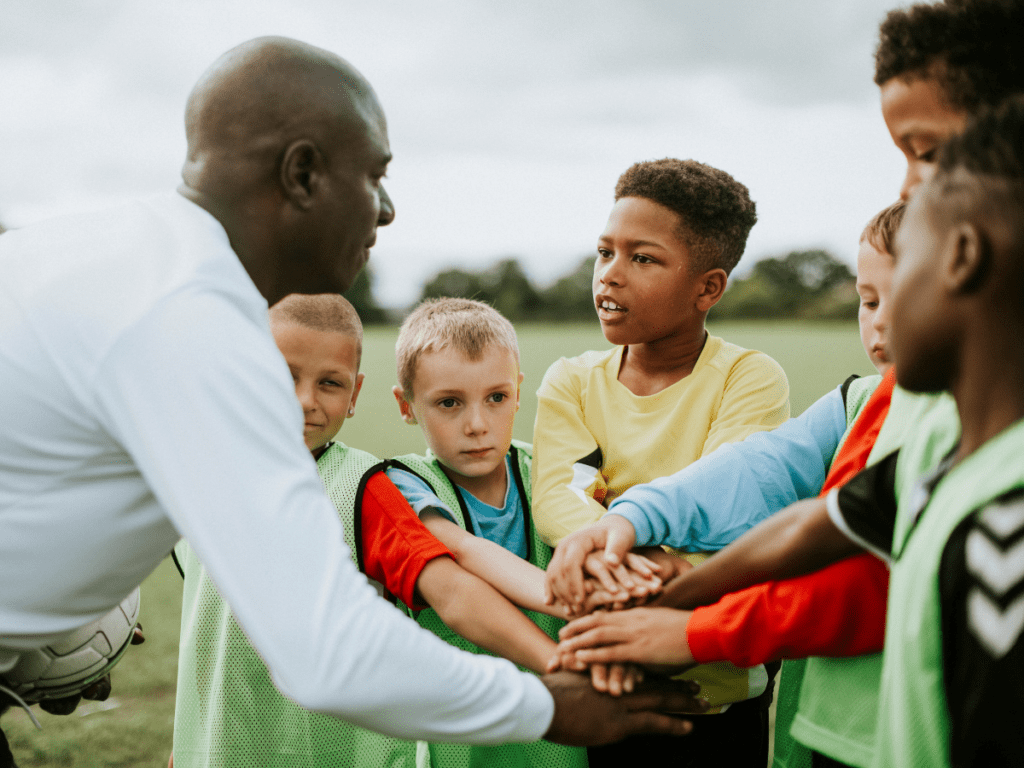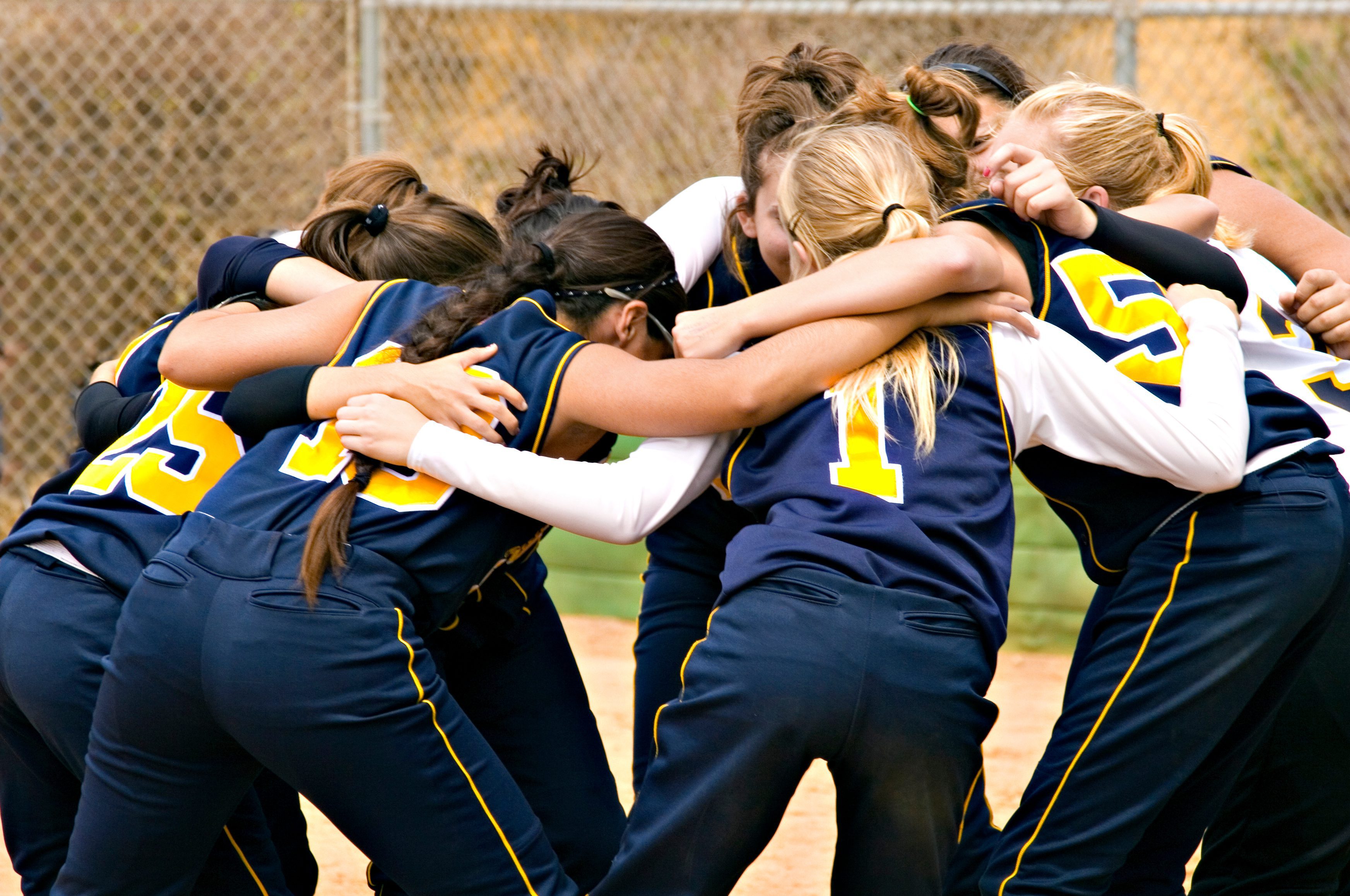Competing with concussion symptoms
A study of former collegiate athletes in Ontario discovered 44.9% competed despite experiencing concussion symptoms. Consider how changing group norms can support effective concussion management in the SIRC blog, and access concussion prevention and management resources on SIRC’s concussion hub.
For or Against? The Pros and Cons of Early Talent Identification in Sport

Early Talent Identification (TID) describes the process of identifying, evaluating and selecting athletes for sport programs in early adolescence (ages 10-14). This practice has created a contentious issue in sport. On one hand, early selection may eliminate late bloomers from the system. On the other, resources in sport programs are finite, and can only be…
Trauma-sensitive play
Children acting out on the field or in the pool may lack the skills to regulate their thoughts, emotions, and behaviours; rather than the will to respond in prosocial ways. Trauma-sensitive play can help build children’s skills and resilience.
Teacher-coaches’ influence on the global development of student-athletes: An examination of perceived dual role benefits and challenges

Project summary Youth development research has examined the antecedents, processes, and outcomes that occur in sport contexts. One common finding that consistently emerges is that influential adults, such as teachers and coaches, play instrumental roles in facilitating the developmental process. Most of the past research on teachers and coaches has examined these two roles in…
Verbal feedback
Verbal feedback from a coach during practice can direct an athlete’s focus internally (on body movements) or externally (on the intended movement effect). Research participants instructed to focus externally (e.g. “accelerate the dart” or “hit the target”) outperformed peers who were instructed to focus internally (e.g. “accelerate the forearm” or “hand to target”).
Playing through injury
Athletes playing through injury and pain are often celebrated. However, these stories influence how youth (and their parents and coaches) define what it means to be a “real” athlete, increasing the risk of injury and short and long-term health impacts. Learn how coaches can challenge group norms that support playing through injury in the SIRC…
Leadership behaviour
Athletes like Christine Sinclair, Sydney Crosby or Willie O’Ree have exceptional skills; but what distinguishes them as leaders is their behaviour. Great work ethic, showing care for teammates, being accountable, acting in ways that reinforce positive team norms – these are examples of behaviours that help athletes emerge as leaders within a team.
Transactive Memory Systems
Transactive memory is a knowledge sharing system that often develops in relationships or groups where people assume responsibility for different knowledge areas and rely on each other for information. For example, Michael Jordan, Dennis Rodman, Scottie Pippen and Steve Kerr of the 1995-1998 Chicago Bulls had their own specialized skills, but combined for undeniable chemistry…
True Sport in practice
True Sport is based on the values of fairness, excellence, inclusion and fun; and driven by the seven True Sport Principles: Go For It, Play Fair, Respect Others, Keep It Fun, Stay Healthy, Include Everyone and Give Back. But what does this look like in practice? Gymnastics Canada’s new Values-Based Sport Module is designed to…
Examining the use of socialization tactics in team sports

Project summary Sport team membership provides people with opportunities to work together toward a common goal and build supportive social relationships. Quite simply, being a member of a sport team is associated with a host of psychosocial benefits. However, joining a new sport team can be a stressful experience because of the uncertainty surrounding an…